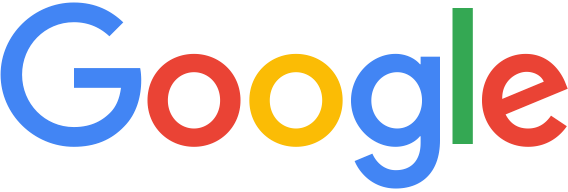For the Universal Search team, this was a successful outcome. It showed that we had managed to design a subtle user interface that gives people helpful information without getting in the way of their primary task: finding relevant information.
In addition to search research, we also use eye-tracking to study the usability of other products, such as
Google News and
Image Search. For these products, eye-tracking helps us answer questions, such as "Is the 'Top Stories' link discoverable on the left of the Google News page?" or "How do the users typically scan the image results — in rows, in columns or in some other way?"
Eye-tracking gives us valuable information about our users' focus of attention — information that would be very hard to come by any other way and that we can use to improve the design of our products. However, in our ongoing quest to make our products more useful, usable, and enjoyable, we always complement our eye-tracking studies with other methods, such as interviews,
field studies and
live experiments.
Posted by Anne Aula and Kerry Rodden, User Experience Researchers